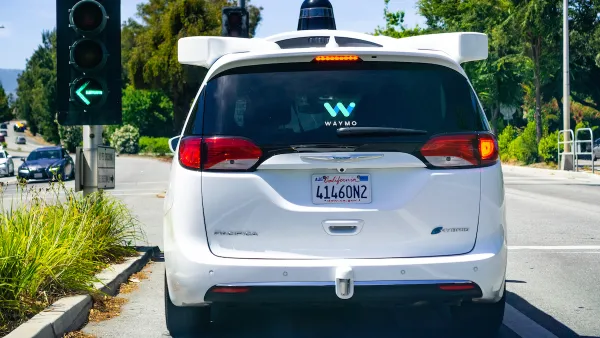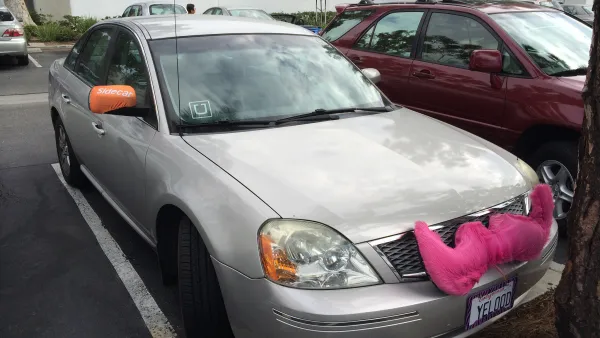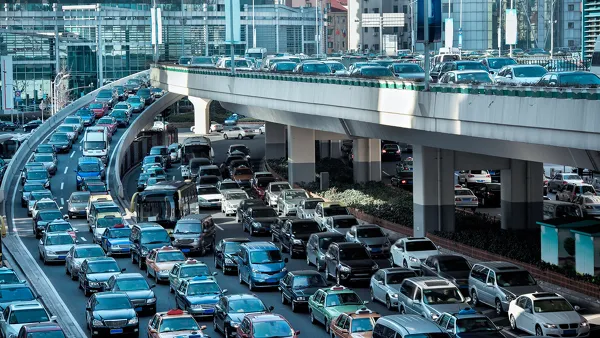Even as innovations like ridesharing take hold in tech-friendly San Francisco, the percentage of trips taken by personal auto is stuck at just under 50 percent.

The San Francisco Municipal Transportation Agency released the results of a survey indicating that the use of private cars in the city has changed hardly at all since 2012. That's mostly good news for the city, because only 48 percent of trips are taken by private automobile—and only 27 percent of trips are taken by solo drivers. The recent numbers contradict an earlier report that suggested that 62 percent of trips were by private car; SFMTA officials insist that their methodology is more accurate.
These numbers indicate that the city is continuing to meet its goal, set in 2012, to keep the percentage of trips via personal auto in the city at or below 50 percent. City officials still worry that the city's growth still puts it on a course for gridlock in the coming years. As well, some contend that rides taken by services like Uber and Lyft—known as TNCs in California—are no better than solo trips because those drivers "are not already going to the destination whereas with carpool, everyone’s going to that destination."
"Even if driving rates haven’t declined significantly in the past three years, the new data adds to the growing body of evidence that SF isn’t as car-dependent as opponents of reallocating street space to other modes often claim." In fact, Census data suggests that 88 percent of new households added to San Francisco between 2000 and 2012 were car-free.
FULL STORY: New Data Shows Most Trips in SF Are Made Without a Private Automobile

National Parks Layoffs Will Cause Communities to Lose Billions
Thousands of essential park workers were laid off this week, just before the busy spring break season.

Retro-silient?: America’s First “Eco-burb,” The Woodlands Turns 50
A master-planned community north of Houston offers lessons on green infrastructure and resilient design, but falls short of its founder’s lofty affordability and walkability goals.

Delivering for America Plan Will Downgrade Mail Service in at Least 49.5 Percent of Zip Codes
Republican and Democrat lawmakers criticize the plan for its disproportionate negative impact on rural communities.

Test News Post 1
This is a summary

Test News Headline 46
Test for the image on the front page.

Balancing Bombs and Butterflies: How the National Guard Protects a Rare Species
The National Guard at Fort Indiantown Gap uses GIS technology and land management strategies to balance military training with conservation efforts, ensuring the survival of the rare eastern regal fritillary butterfly.
Urban Design for Planners 1: Software Tools
This six-course series explores essential urban design concepts using open source software and equips planners with the tools they need to participate fully in the urban design process.
Planning for Universal Design
Learn the tools for implementing Universal Design in planning regulations.
EMC Planning Group, Inc.
Planetizen
Planetizen
Mpact (formerly Rail~Volution)
Great Falls Development Authority, Inc.
HUDs Office of Policy Development and Research
NYU Wagner Graduate School of Public Service





























